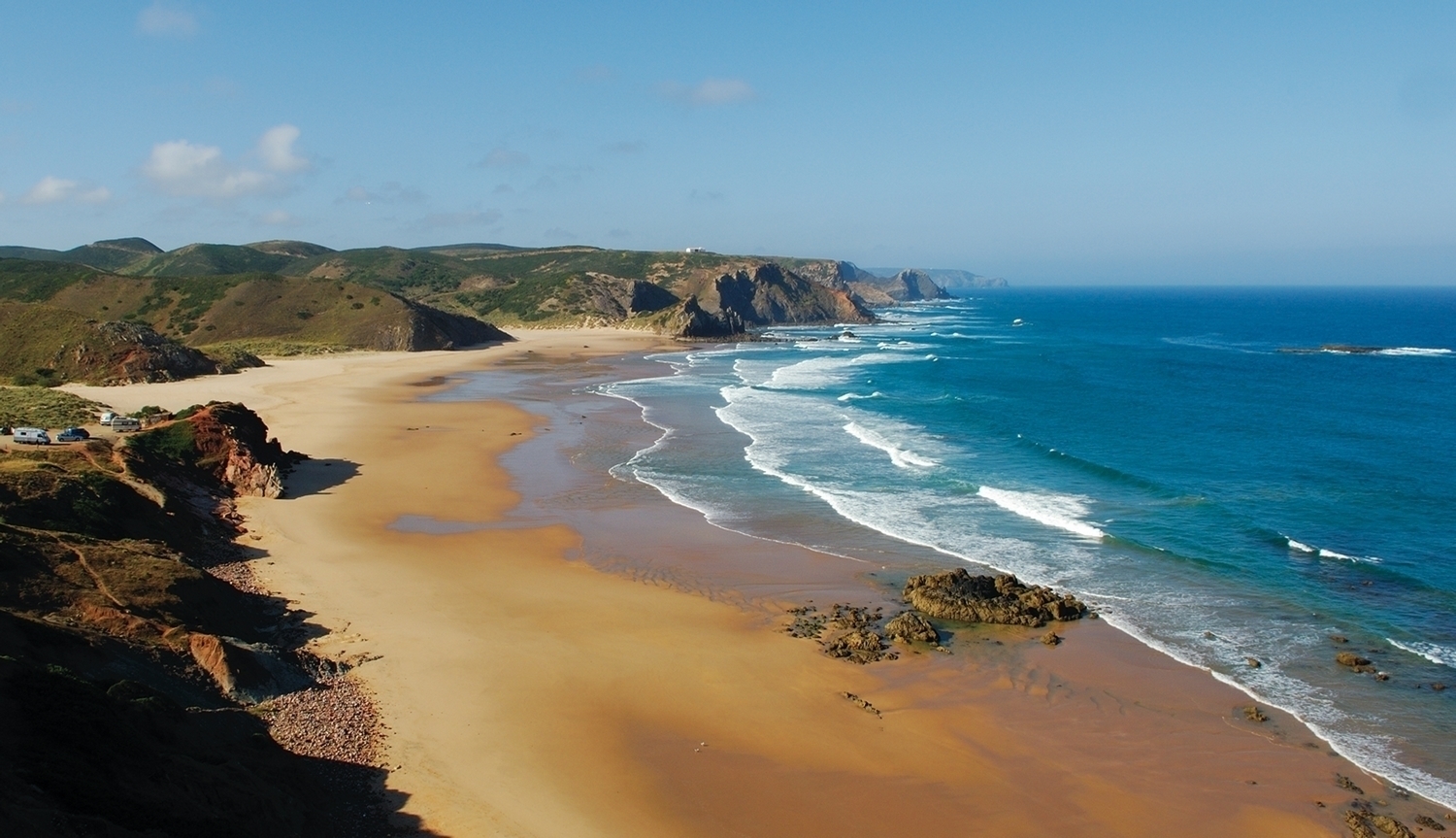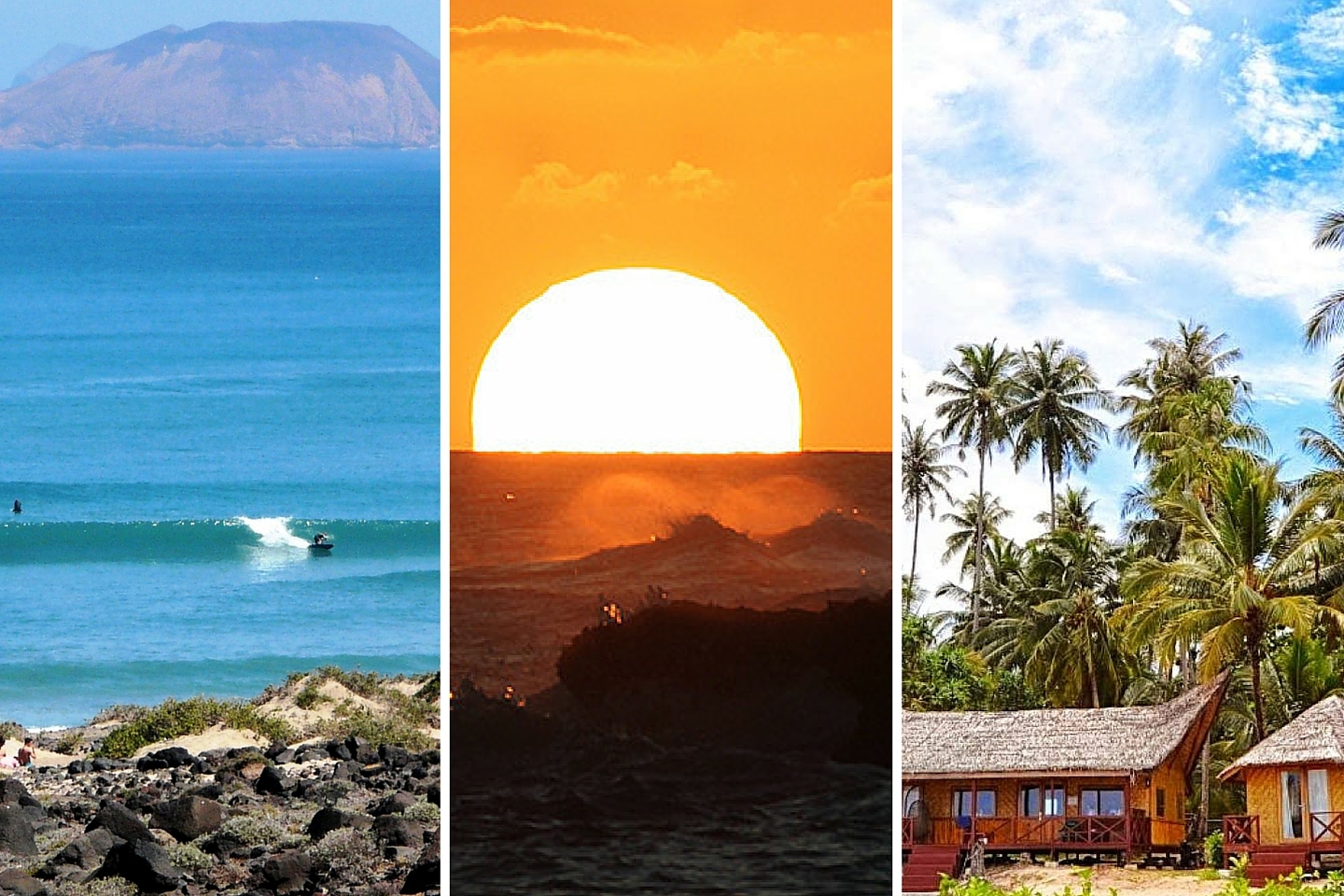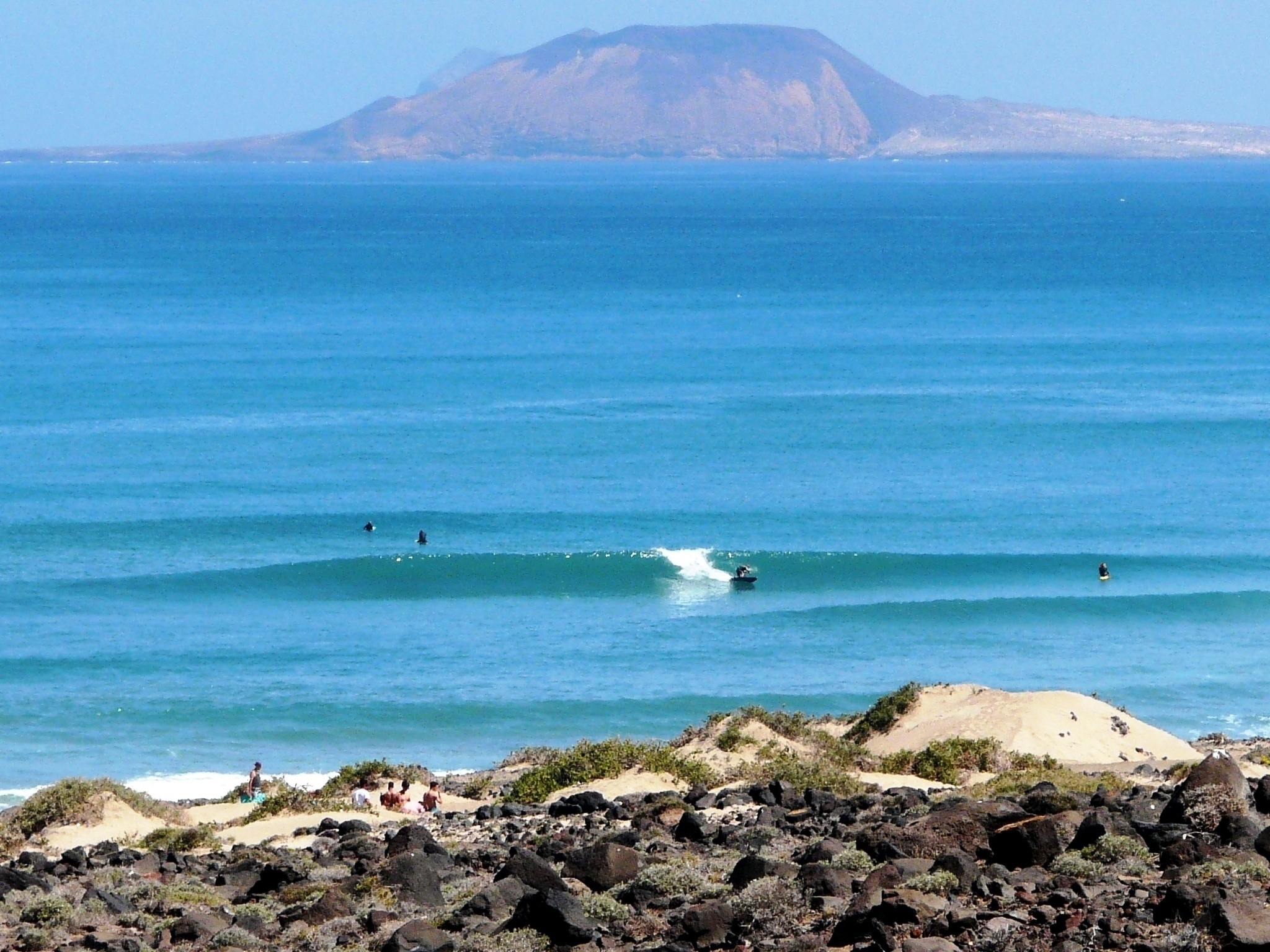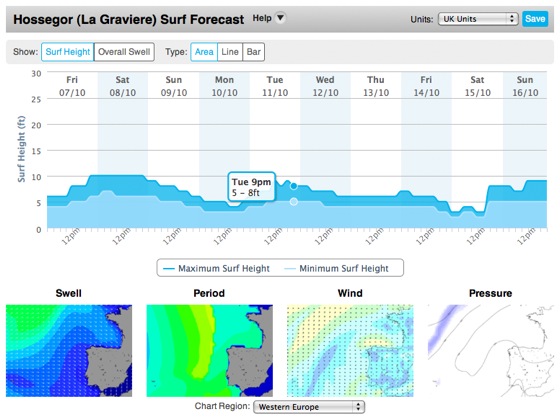
You’re looking online at a surf report, you know there is swell on its way to your surf holiday destination and you’re getting excited about it. However, before you rush out the door to get on your way, remember to check the predicted wave height. ‘Why?’ we hear you ask. Knowing how big the waves will be will help you to decide which surf break to head to and get the best waves for your ability.
Everyone thinks that a surfer’s moto when it comes to waves is ‘the bigger the better’, however this isn’t always the case. Large waves can cause problems at certain breaks, when the break simply can’t handle more than a certain wave height. After a certain point most breaks will simply ‘closeout’, meaning that there will be no rideable waves because all the wave faces crumble into masses of whitewater.
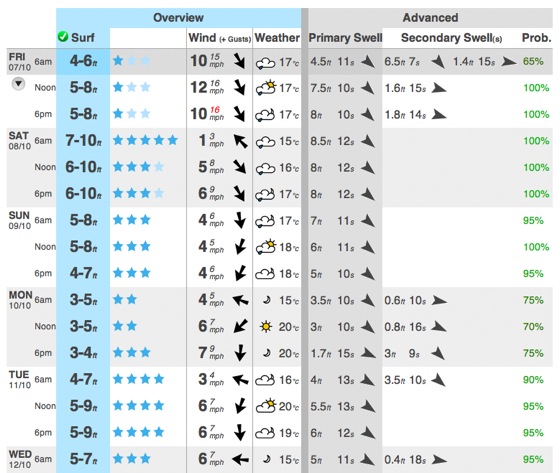

It’s important to know about your surf spot’s limitations and what wave height is needed for the break to work, or to closeout. Again it’s about doing your homework. When checking the surf report, make sure you read the guide on the break, so you know what swell is needed and how high the waves need to be. Most surf reports will give you a swell/wave height map to help you work out how high the waves will be. Take a look at the coast of Hossegor, France for today. The warmer the colour, the higher the waves.
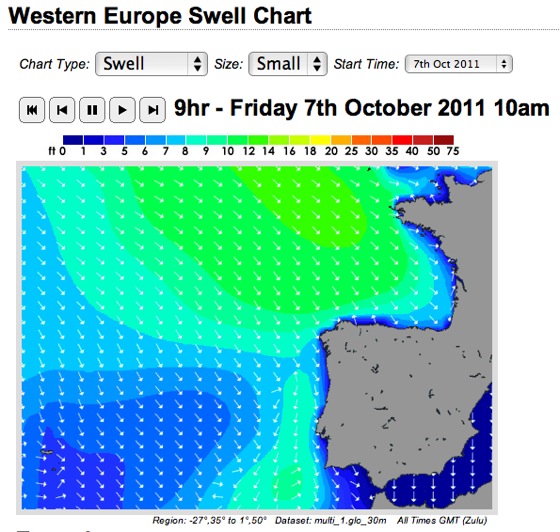

Most surf report sites will also make life very easy for you by telling you the predicted wave heights for the week. Be careful with this one though, as often predicted heights don’t live up to expectation, so try to check a web camera if there is one. Also, on the flipside, for every 3 waves in the world, on average a fourth wave will push through that will be double the size of one of those waves. So make sure that if you’re going out in the surf, regardless of your ability, you surf with others, and only surf if you feel confident that the conditions match your level of surfing. After all, it’s about having a lot of fun, not fighting with bad conditions.
Watch out for part 3 of our ‘how to’ guide tomorrow, it’s going to be the tides and winds.




 Francesca Bingley
Francesca Bingley


